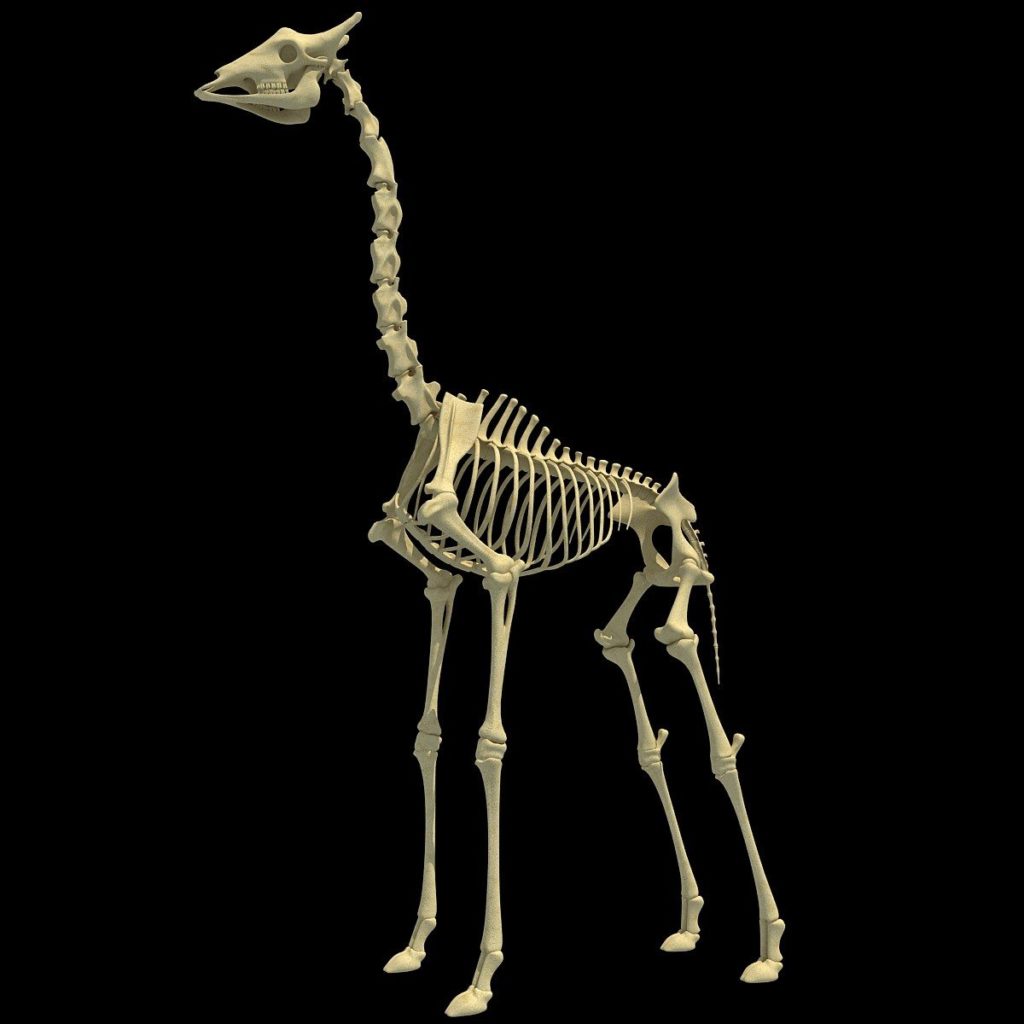Yes. Scientists have recently discovered that the European eel literally loses its skeletal framework during its lifetime, demonstrating an unparalleled morphological change. As an individual ages, specialised bone-resorbing cells known as osteoclasts gradually break down its skeletal tissue. Mechanical stability is maintained by the retention of an accelular notochord (a cartilaginous rod usually found in embryonic skeletons).

This enables the structure of the eel’s body to remain intact while the mineralised bone is converted into energy. This injection of strength is vital for the staggering 5,000km migration that the species undertakes from the fresh waters of its European home, through the North Atlantic Ocean, all the way to the Sargasso Sea. So. a skeleton isn’t always for life.















